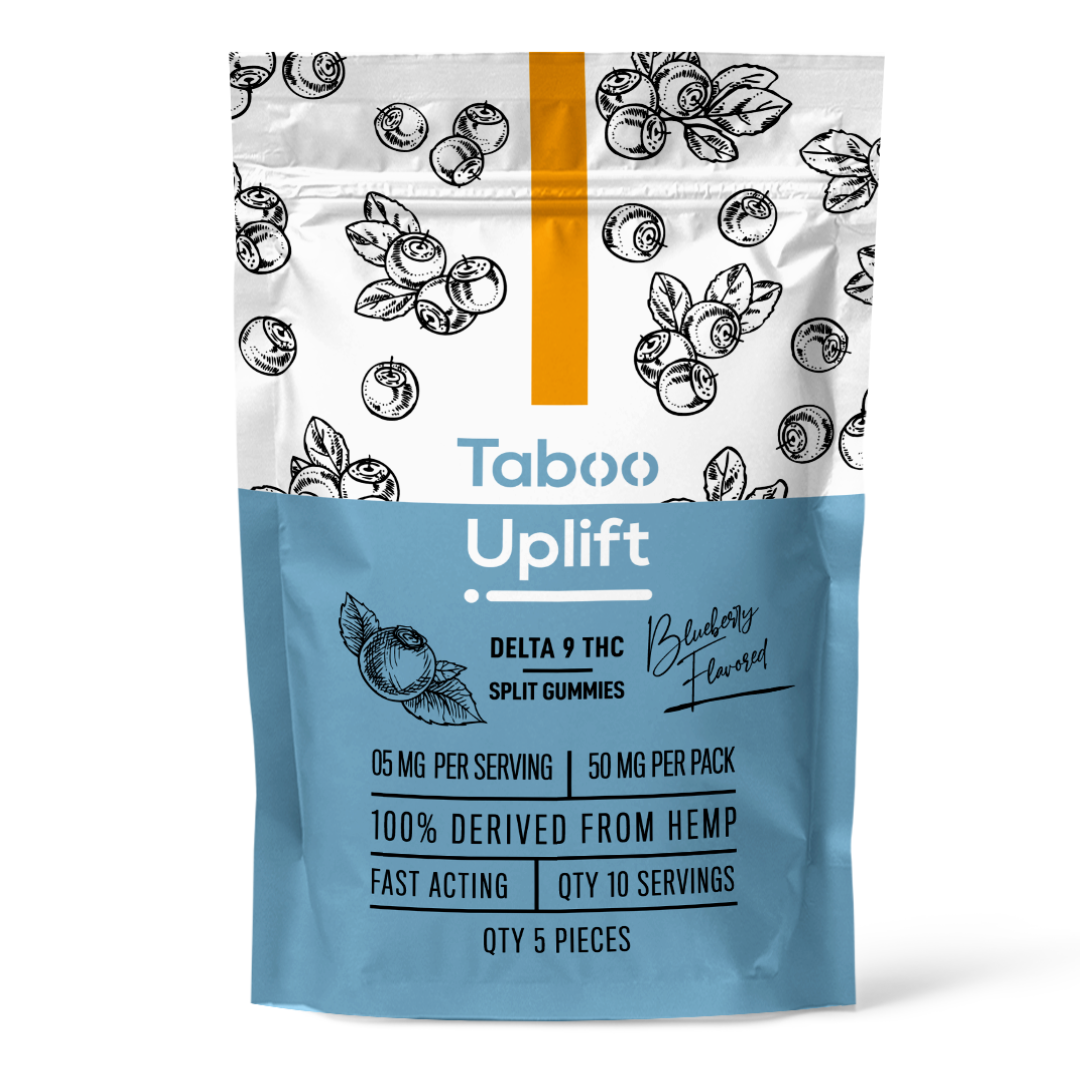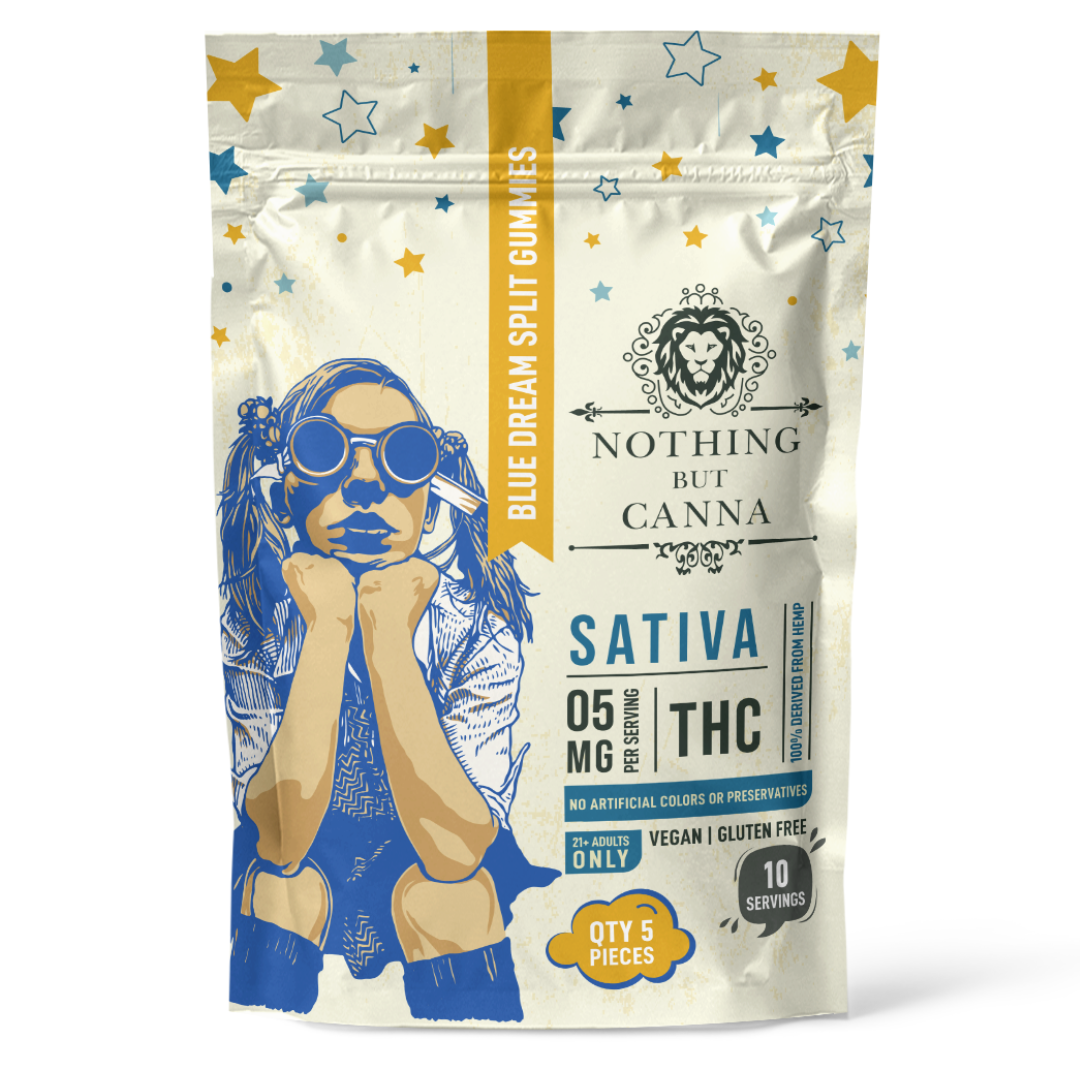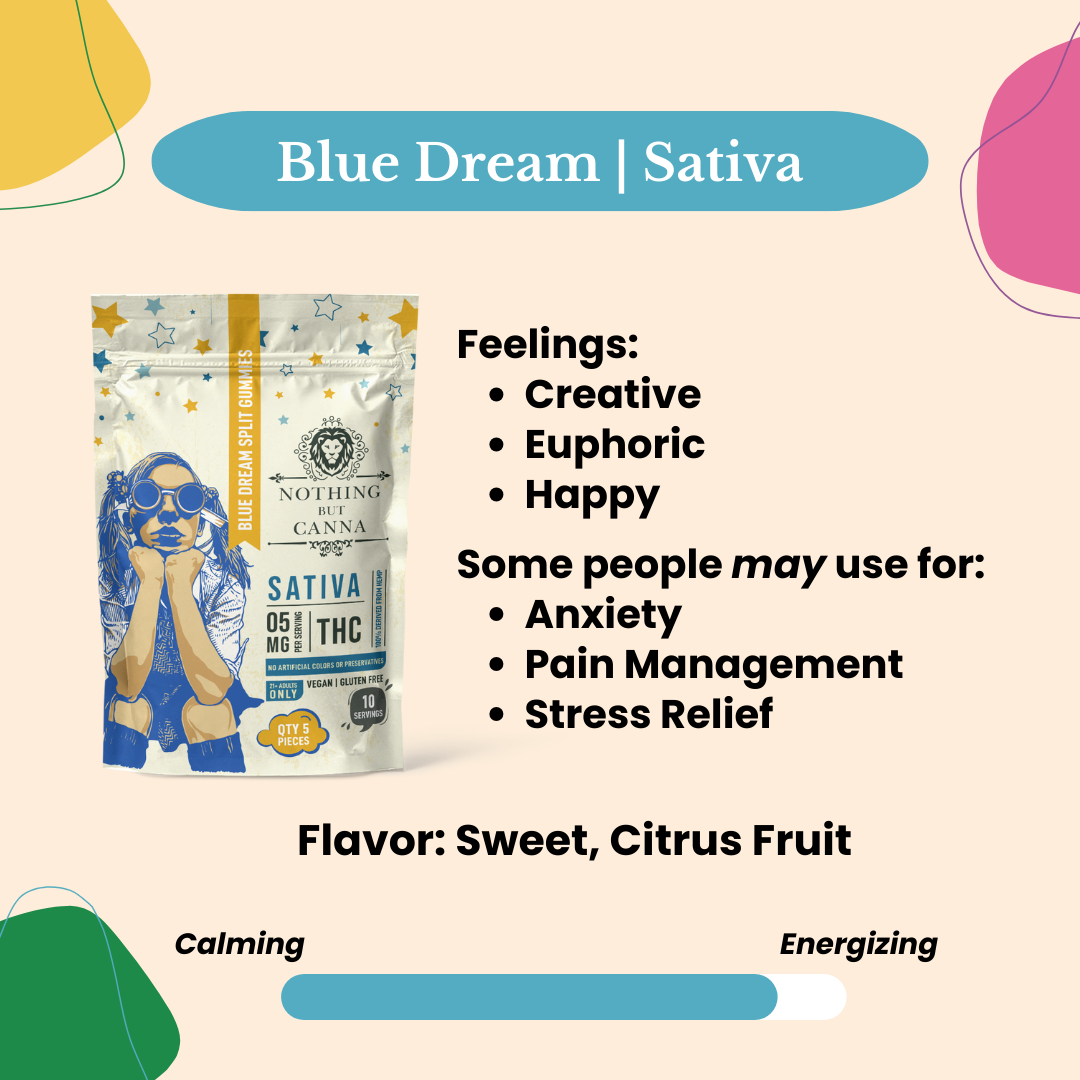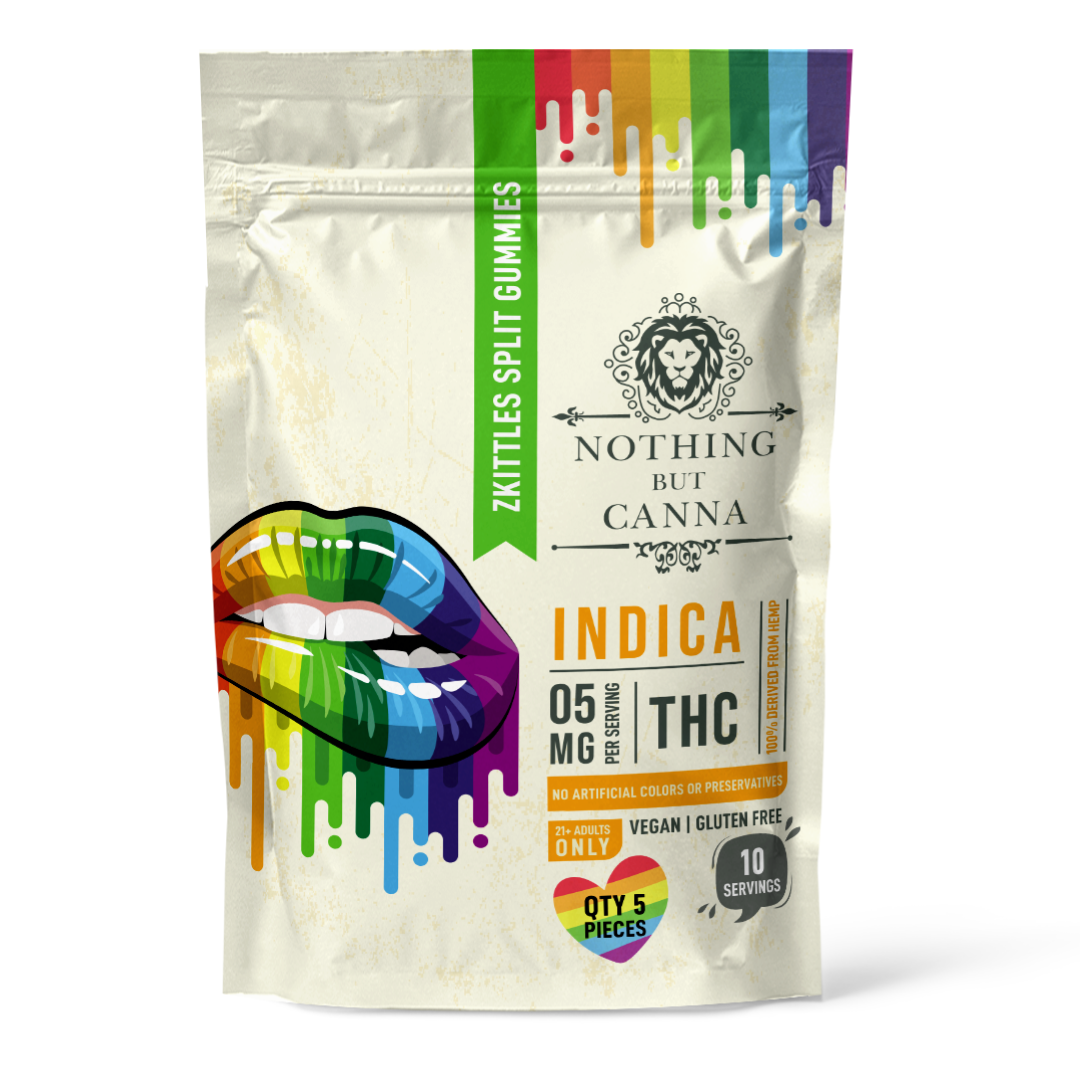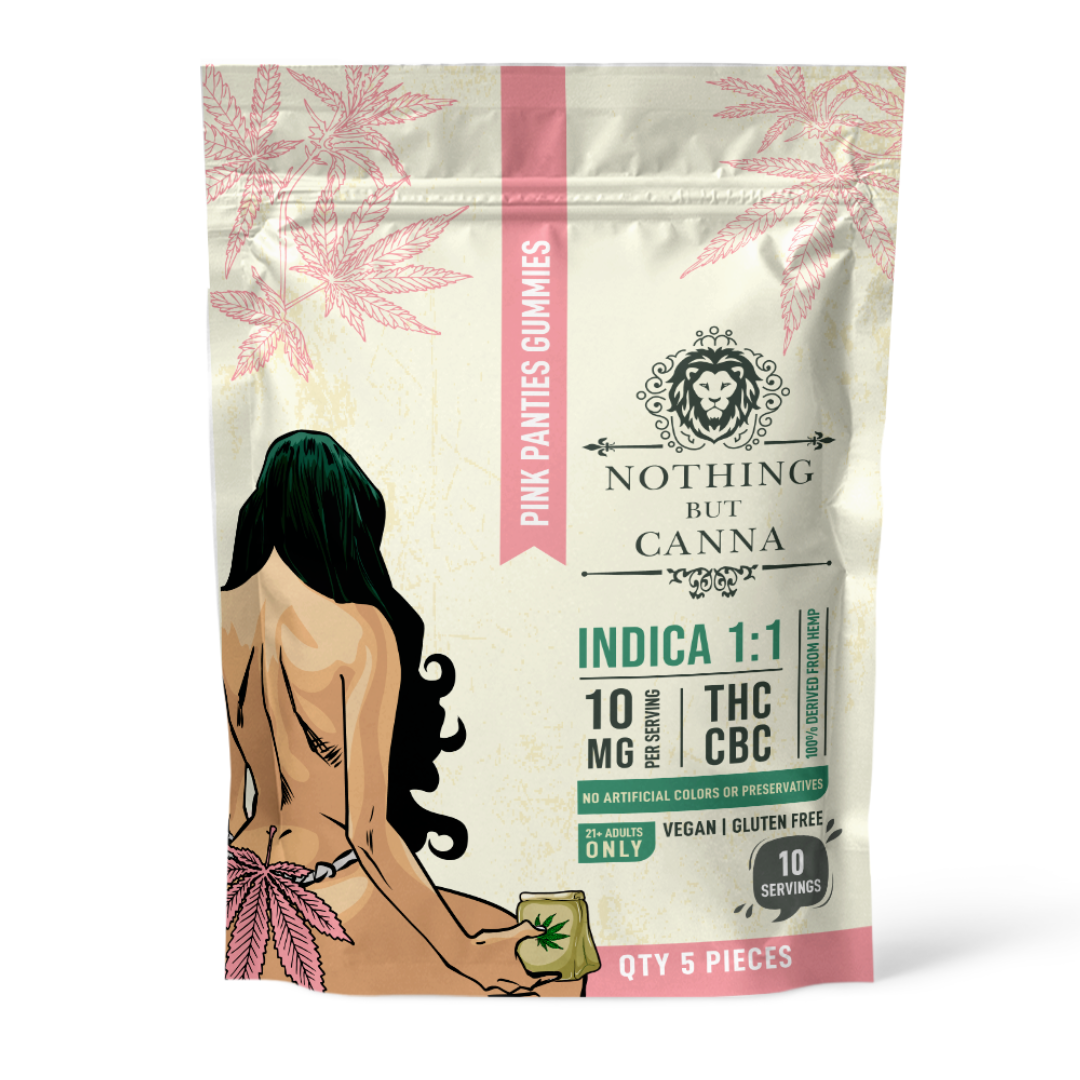
United States Department of Agriculture’s finalized hemp regulations, which were published on January 15, evoked a variety of responses from those invested in the industry. In a previous blog post, we covered some of the changes between the final rule and the interim final rule (IFR) that have industry leaders celebrating. However, the final rule might be more of a mixed bag overall.
Although it includes some provisions that are expected to benefit the hemp industry, there are others that may leave industry leaders disappointed, including the requirements for harvest samples to come from hemp flowers, for total tetrahydrocannabinol (THC) testing, and for testing to occur in labs certified by the Drug Enforcement Administration (DEA).
“It does not seem to be clear that it is a definite improvement over the interim final rule but that it is not perfect. It does not go as far as some of the key things we requested,” Jonathan Miller told Marijuana Moment. Miller is the general counsel for the U.S. Hemp Roundtable.
Industry stakeholders reportedly encouraged the United States Department of Agriculture (USDA) to allow pre-harvest samples to come from a greater part of the plant or the whole plant instead of just the flower. The USDA did not include this change in its final rule. Instead, it claims that the flower is the most appropriate place to sample because THC is concentrated there.
Under the final rule, pre-harvest samples must still come from the cannabis flower. However, this requirement has been modified slightly. When the final rule goes into effect on March 22, the samples can be taken from about five to eight inches from the main stem, terminal bud, or central cola of the flowering top of the plant.
Another request made by industry stakeholders was for hemp crops to be tested for delta-9 THC instead of total THC content. Delta-9 THC is the main psychoactive component in cannabis — the component that can make people feel high. Total THC includes the possible conversion of tetrahydrocannabinolic acid (THCA) into THC.
Some reportedly believe that the total THC better represents the sample’s potential to get someone high because it accounts for the cannabinoids that could be activated with heat when the product is consumed through vaping, smoking , or cooking. However, THCA is not psychoactive, and not all products that may be made from hemp would result in THCA being converted to delta-9 THC.
Unfortunately, the USDA maintained that hemp must be tested for total THC content, and that the THC concentration for a legal hemp crop must be below 0.3%.
Perhaps the biggest disappointment to industry stakeholders is that the USDA’s final rule did not change the requirement for hemp testing to occur only at labs certified by the DEA.
“Registration is necessary because laboratories could possibly handle cannabis that tests above 0.3% THC on a dry weight basis, which is, by definition, marijuana and a Schedule 1 controlled substance,” the final rule states.
However, there are not enough qualifying labs available to efficiently handle the number of hemp tests needed in this growing industry, a fact that was acknowledged in the final rule.
The final rule adds, “[S]ince the IFR was published, numerous laboratories have applied for registration and DEA is working diligently to process these requests.”
In the meantime, the USDA is delaying the enforcement of this rule. It was first delayed in 2020, and the final rule extended this delay until December 2022.
Although the USDA’s final rule did include some positive steps, it also lacked several important changes that industry stakeholders were hoping to see.
“USDA seems to have declined to act upon many of the comments submitted, particularly concerning sampling uncertainty, DEA labs and Total THC among others,” Herrick Fox reportedly told Hemp Industry Daily. Fox is the owner of Meristem Farms and a former USDA rulemaker.
"Many are justifiably disappointed by the DEA’s continued (and in some ways expanded) role in the agricultural hemp program,” said Shawn Hauser in a press release. Hauser is a partner and chair of the Hemp and Cannabinoids Department at Vincente Sederberg LLP.
The USDA released its final rule in the last week of the Trump administration, but some industry leaders remain hopeful that the situation regarding hemp regulations may change under the Biden administration.
“We anticipate, as is customary of new administrations, that this rule will be one of many that will be frozen on the first day of the Biden administration,” Larry Farnsworth, a spokesperson for the National Industrial Hemp Council, reportedly told Marijuana Moment.
“We look forward to working through these issues with the incoming Biden administration,” he added.
Sources
[3] https://cannabusiness.law/what-is-total-thc-and-does-it-matter/
[4] https://www.ams.usda.gov/rules-regulations/hemp
[5] https://hempindustrydaily.com/hemp-industry-advocates-dish-reactions-on-usda-final-hemp-rules/


























